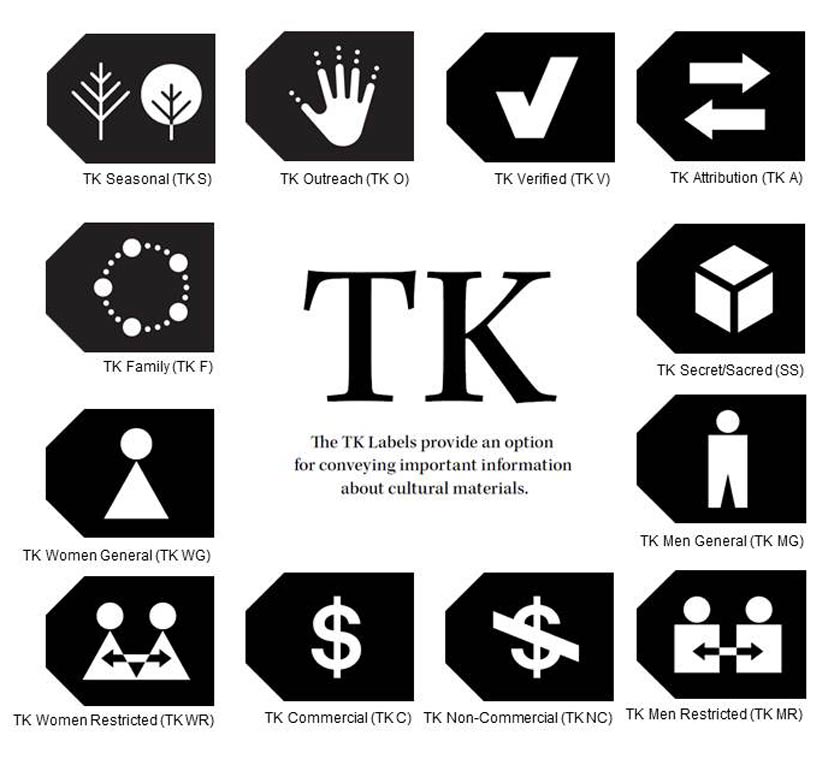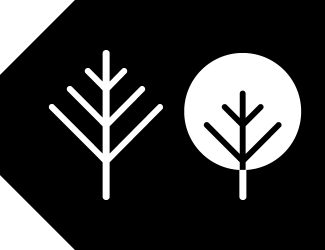34
Traditional knowledge (TK) is knowledge, know-how, skills and practices that are developed, sustained and passed on from generation to generation within a community, often forming part of its cultural or spiritual identity.
While there is not yet an accepted definition of TK at the international level, it can be said that:
- TK in a general sense embraces the content of knowledge itself as well as traditional cultural expressions, including distinctive signs and symbols associated with TK.
- TK in the narrow sense refers to knowledge as such, in particular the knowledge resulting from intellectual activity in a traditional context, and includes know-how, practices, skills, and innovations.
Traditional knowledge can be found in a wide variety of contexts, including: agricultural, scientific, technical, ecological and medicinal knowledge as well as biodiversity-related knowledge. (World Intellectual Property Organization (WIPO), Traditional Knowledge)
Australian Dreaming Stories
Through song, dance, painting, and storytelling which express the Dreaming stories, the Aboriginal communities of Australia have maintained a link with the Dreaming – the mythological time when the natural world was created – from ancient times to today, creating a rich cultural heritage. Dreaming stories have been reproduced in paintings and artworks. The right to reproduce in paintings and artwork will not be with only one person, but with a group of people who together have the authority to determine whether the story and images may be used in an artwork, by whom the artwork may be created, to whom it may be published, and the terms, if any, on which the artwork may be reproduced.
Image Australia Outback by Artsoceans licensed under CC By-SA 4.0
Australia Dreaming Stories – A Case Study
In 1994, a carpet factory reproduced a well-known painting by Banduk Marika entitled Djanda and the Sacred Waterhole on a carpet. The underlying image of this work belongs to the Rirratjingu clan and is part of the mythology of the Djangkawu creation story.

Reflections
In the case study of the Australian Dreaming Stories, reflect on the following question:
- What impact does the use of the painting have on the intellectual property rights of Banduk Marika, as outlined above?
- Is the painting Djanda and the Sacred Waterhole considered traditional knowledge?
- What impact does the use of the painting have on the cultural and spiritual health of the Rirratinjgu clan?
Adapted from "Protect and Promote Your Culture: A Practical Guide to Intellectual Property for Indigenous Peoples and Local Communities" by World Intellectual Property Organization (WIPO) Traditional Knowledge Division under a CC BY 3.0 IGO
Traditional Knowledge and Canadian Indigenous Peoples
While copyright serves the purpose to protect the rights of creators of literary and artistic works, there are several ways in which copyright fails Indigenous peoples and TK.
Indigenous cultural heritage and identity is expressed through creative works like storytelling, song, dance, rituals, and practices and is connected to land and community across time. The Canadian Copyright Act, as it is currently structured, cannot protect Indigenous knowledge due to the complex and community-based notions of ownership.
In recognizing the difference in ideas of ownership, copyright is increasingly harmful to Indigenous peoples in the following ways:
- Copyright focuses on economic benefits of knowledge and fails to recognize the cultural, spiritual and communal importance of Indigenous creative works.
- Copyright focuses on individual creators and fails to recognize the communal nature of producing and caring for the creative works.
- Copyright provides limits to the length of time in which an object can be protected which fails to recognize the intangible spiritual nature of the object that is situated in Indigenous identity across time.
Further issues around copyright for Indigenous creative works relate to the idea of ownership of heritage materials in the traditional publishing process. From the Canadian Federation of Library Associations(website) Position Statement on Indigenous Knowledge in Canada’s Copyright Act (PDF):
Who holds “legal” copyright to that knowledge or cultural expression under Canada’s current Copyright Act is often contrary to Indigenous notions of copyright ownership. Indigenous knowledge may be found in published works as a result of research or appropriation, and in these cases, the author of the published work holds the “legal” copyright to that knowledge or cultural expression, while Indigenous peoples would see the owners as the people from where the knowledge originated.

Dig Deeper
To learn more about traditional knowledge in the Canadian context, review: Protecting Traditional Knowledge and Traditional Cultural Expressions, Conference Report — Toronto, Canada, March 2019.
Traditional Knowledge Licenses & Labels
As illustrated through this module, IP rights related to traditional knowledge fail to consider the full expression of cultural heritage, traditions, and notions of ownership. From this understanding came the development of Traditional Knowledge Licenses and Labels that address the protocols and concerns of Indigenous peoples around traditional knowledge objects.
Traditional Knowledge (TK) Licenses are developed in conversation with Indigenous communities to provide a set of licenses, similar to the Creative Commons license structure, that identifies the needs of Indigenous peoples when addressing intellectual property.
The TK Labels are a tool for Indigenous communities to add existing local protocols for access and use to recorded cultural heritage that is digitally circulating outside community contexts. The TK Labels help non-community users of this cultural heritage understand its importance and significance to the communities from where it derives and continues to have meaning (TK Labels by Local Contexts licensed under CC NC-ND 4.0).
Example of TK Labels in Use – SQ’ÉWLETS – Research and Resource Management Centre

Traditional Knowledge Licenses 
Traditional Knowledge License Non Commercial 
Traditional Knowledge Label Seasonal

Dig Deeper
To learn more about Traditional Knowledge Licenses and Labels, review: Anderson, Jane and Kimberly Christen. (2013). ‘Chuck a Copyright on it’: Dilemmas of Digital Return and the Possibilities for Traditional Knowledge Licenses and Labels. Museum Anthropology Review 7, (1-2) Spring-Fall 2013; 105-126.
